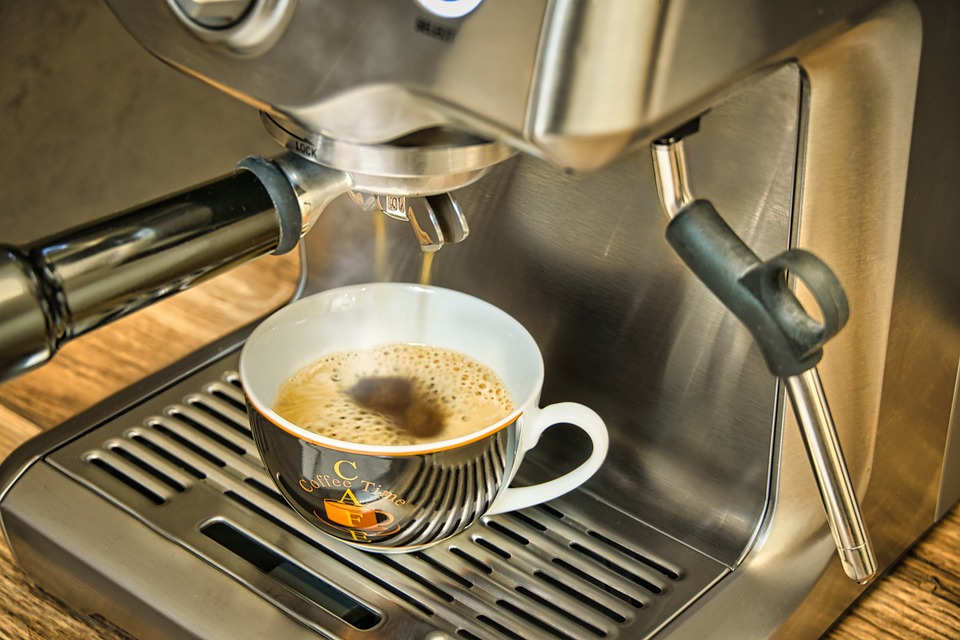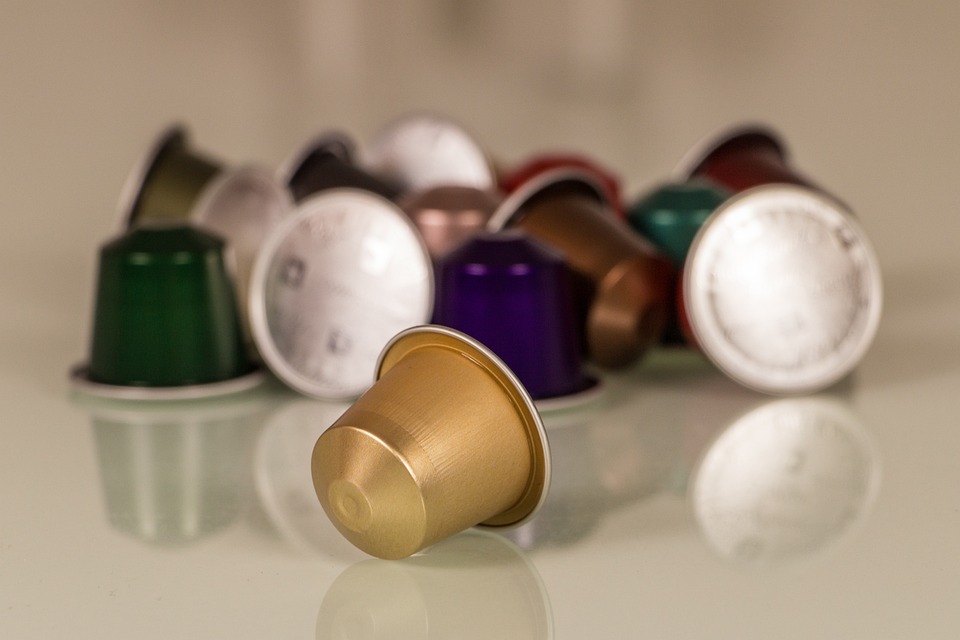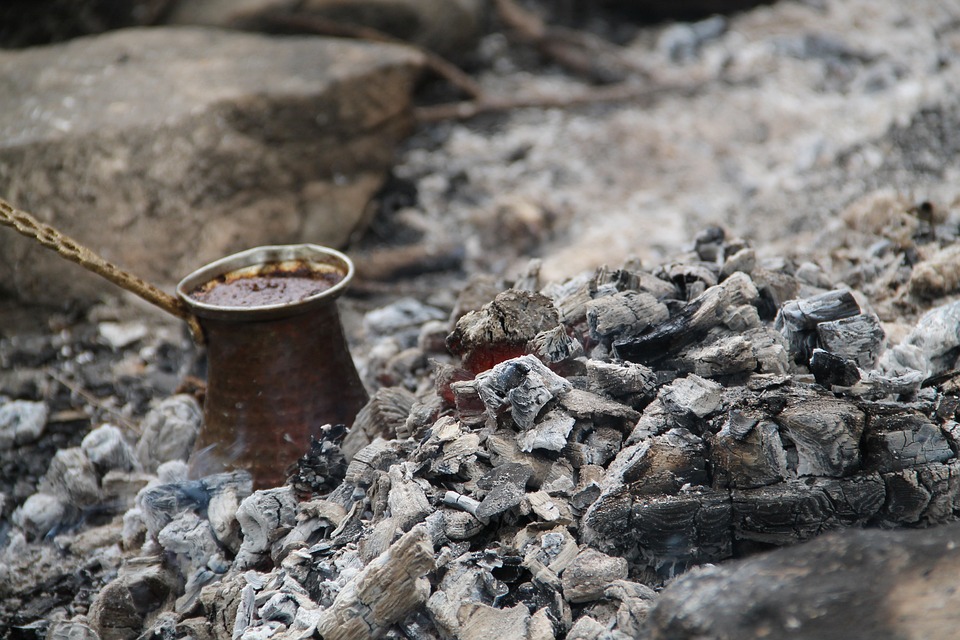The scent and flavor of a cup of coffee brewed from freshly ground beans yield an unrivaled experience, establishing a perfect beginning to anyone’s day. Still, numerous people choose instant options, under the belief that bean grinding is overly time-consuming. Nevertheless, this need not be the case.
Grinding coffee beans is actually a simple process, particularly if you have the right equipment at home, and the results are worth the extra couple of minutes it will take to grind the beans to the chosen consistency.
So what kind of equipment do you need to grind your own coffee beans and create your perfect blend at home, with the minimum of fuss? Ideally, you need a specialist coffee bean grinder, and there are a few different varieties.
A blade grinder
Blade grinders are the most common coffee bean grinders used at home for general coffee-making and can be bought fairly cheaply. There are a few issues with these machines as they chop the beans rather than actually grinding them, which can create an uneven grind.
Another area to watch out for with these types of blinders is if you leave them to run constantly they can get hot and that can burn the beans, leading to a bitter tasting coffee. It’s best to use them in short bursts to avoid this.
A burr grinder
This type of grinder is a bit more expensive but it does provide a better and more precise grind result. A burr grinder uses spinning disks to crush the beans precisely so they provide a much more uniform grind and can even be used to create very fine grinds.

There are a couple of different types of burr grinder and a conical burr grinder is the most expensive and will provide the finest result, good enough even for an espresso or Turkish coffee machine, so well worth the extra investment.
A hand grinder
The most time-consuming option of all is a manual coffee grinder, which will take a long time and a lot of hard work to grind enough beans to create even one cup of coffee so while it’s a great arm workout it’s not the best choice if you are in a hurry in the mornings.
Alternatives to grinders
If you don’t have a coffee grinder at home, don’t despair, there are a couple of other cheats you can do in the kitchen. Try using your blender or food processor, some of which even have grinding settings. The trick is to use them in quick short bursts, so they don’t overheat and burn the beans. It’s also important to only grind small amounts at a time, to get a more even grind and avoid the overheating issue.
Other options include putting the beans into a plastic bag and using a rolling pin or wooden meat mallet to crush them, or the flat edge of a large knife blade. While these are manual options which take up time, they will result in a much nicer coffee than an instant.
Another element to think about is the type of grind you are hoping to achieve for your coffee as this might dictate your grinding method. The level of grind you want to create really depends on which type of coffee machine you will be using to brew the coffee.
So, for example, your grind choice will need to be different if you are using the resulting coffee in an espresso machine, compared with a more traditional coffee percolator, so this needs consideration when choosing your method of grinding.
Here is a quick summary of the type of grinds you can achieve:

- Coarse ground
A coarse coffee ground which can be achieved with most of the grinding methods outlined here, consists of some of the biggest size coffee granules. This type of grind is most suitable for use in the small coffee presses or percolator machines. It is not suitable for espresso machines.
- Medium ground
This type of coffee grind has the same kind of feel as sugar and it best used for machines such as the drip method coffee machines and again, should not be used in any kind of espresso machine at all as they will clog.
- Fine ground
A very fine ground, which you can achieve with the more expensive coffee grinders highlighted here, are suitable for use in espresso machines and other electric and filter coffee machines as well, producing a strong coffee.
- Very fine ground
A specialist coffee grinder will also produce a very fine ground as an option, which is normally suitable for making Turkish or strong espresso coffee. You are unlikely to be able to achieve this type of grind with a home-grinding machine unless you opt for a very expensive one.




